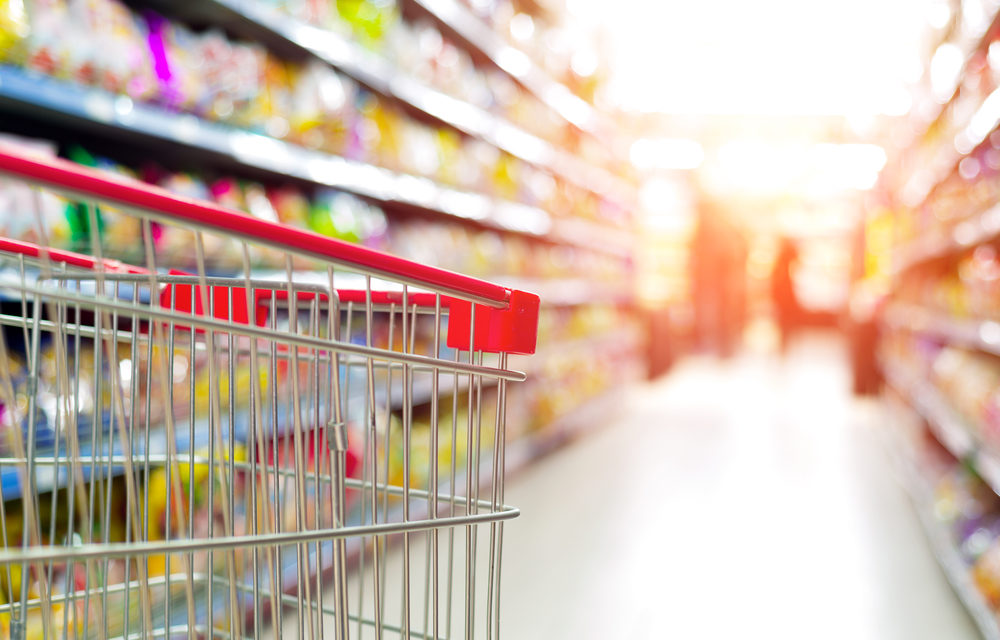Even smaller, regional retailers are getting on board with digital
Traditional grocery has been taking hits, not just from newer ecommerce options but also warehouse clubs and big box multichannel retailers. Grocery shoppers are spreading out their spend across more channels than ever.
According to a new report from Inmar, 30 years ago US supermarkets had 90.0% of dollar share. By 2017, that had shrunk by half. The firm estimates that the traditional grocery channel’s dollar share will decline to 43.1% by 2022.
In 2017, ecommerce sales grew 26.0% year over year to reach $46 billion, more than seven times the growth of limited-format (6.7%), dollar stores (6.6%) and fresh format (6.2%). Traditional supermarkets grew by 1.3% while mass stores declined by 1.9% as Kmart continues to close locations.

Limited-format stores like Aldi and Lidl opened around 100 locations last year and reached sales of $39.8 billion. Lidl, which was predicted to take the US by storm when it entered the market in 2016, has since scaled back expansion. Fresh format stores, including Whole Foods and Sprouts Market had $29.6 billion in sales and increased locations by 5.6%.
Regardless of format, the lines are blurring between online and offline. Most US grocery shoppers don’t regularly buy food and beverages online for home delivery like typical ecommerce purchases. But that’s not to say that grocery sales are immune to digital influence. According to the Food Marketing Institute (FMI) and The Hartman Group, 72% of US grocery buyers interact with grocery retailers in some digital form. Click-and-collect, curbside pickup and mobile payments in-store use hybrid approaches with growing appeal.
And it’s not just big names like Whole Foods now offering Amazon Prime perks, Kroger, which joined forces with Chinese ecommerce powerhouse Alibaba and Walmart, which applied for a patent for virtual reality (VR) applications are innovating digitally.
Rickers, a regional convenience store, just partnered with mobile self-checkout platform Skip to offer scan, pay and go technology in 58 Indiana locations. The app also has mobile couponing and in-store mapping capabilities.
Midwestern chain Hy-Vee announced a partnership with both Instacart and Shipt in July to provide same-day grocery delivery in cities like Dubuque and Sioux Falls, not the usual major city suspects. This week the supermarket added more markets.
Even rural Alaska recently got an online grocer, Greatland Grocery & Supply. Same-day delivery is still scarce in the sparsely populated state, but the retailer offers free shipping via USPS and provides a system for communities to facilitate group orders to receive the subsidized By-Pass Mail rate for shipments over 1,000 pounds.
Shoppers everywhere expect some degree of digital utility. Grocery executives realize this; 82% admitted that supermarkets may be less innovative than retail sectors but think they have improved in a short amount of time.
by Krista Garcia

